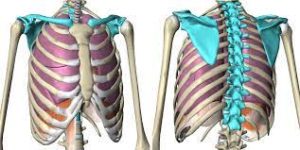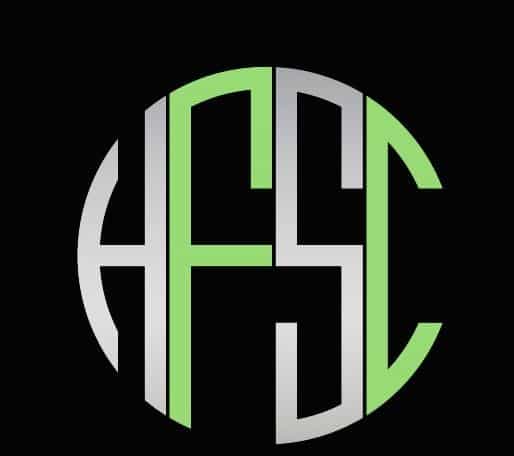Are Rotator Cuff Exercises Helpful for Shoulder Health?
For a quick refresher, here are the Rotator Cuff muscles.

“Hey Doc, I got a busted shoulder what should I do?”
“Well, you should do the basic rotator cuff exercises that everyone else does who have any type of shoulder discomfort.”
I’m sure you know what exercises I’m talking about.
Banded external and internal rotations in a couple different positions. And don’t forget kettle bell bottoms-up holds and presses!
Now do these exercises have a time and a place?
Maybe.
If it’s for rehabbing from an injury and those muscles actually need to get stronger.
But if it’s just for aches and pains, which is the majority of the time, these exercises could be useless.
Why would rotator cuff muscles need strengthening to help with biomechanical issues causing discomfort?
In reality, rotator cuff exercises can make mobility worse!
The Real Shoulder Joint:
The truth is that targeting rotator cuff muscles is short sighted. The shoulder is much more than just a ball and socket joint.

The shoulder sits in the shoulder blade, and the rotor cuff muscles definitely help keep it in place within the shoulder blade; but what about the shoulder blade itself? What about the collar bone?
Both of those bones play a role in the shoulder joint and they can both move which will affect the shoulder joint.
The shoulder blade and collar bone sit on top of the ribcage.
The ribcage is very mobile.
It has to move every single time we breathe, which is quite a lot if you’re a human like me 😜
But just because the ribcage should move every time we breathe, that doesn’t mean it moves properly.
The Role of the Ribs:
The lungs will expand based on the path of least resistance. Due to gravity that means the bottom always fills first and then it’s based on the positions we assume.
Here’s an example…

This person’s ribcage is in two different positions and the two different positions will affect the way the lungs can inflate.
If we hang out in those positions for a long time and continue to breathe, which you will so long as you plan to remain alive, those positions will become more enforced and harder to get out of.
Now that the ribcage position is altered the shoulder blades and collar bones are in a different position, and this will affect the shoulder.
So, if your ribcage is out of whack, movement available in the shoulder is affected, when you try to use movement you don’t have, WHAM, shoulder pain.
The ribcage should be the first thing assessed when it comes to shoulder aches and pains.
It is likely to be much more of a positional issue than a rotator cuff strength issue.
The position of muscle attachments will dictate their utility. If their position isn’t right, their utility won’t be right.
I hope this stimulates some thought! I can’t necessarily give recommendations because I don’t know what your ribcage looks like. The only advice I can give is put yourself in positions that will encourage the lungs to inflate in areas that are otherwise higher resistance.


